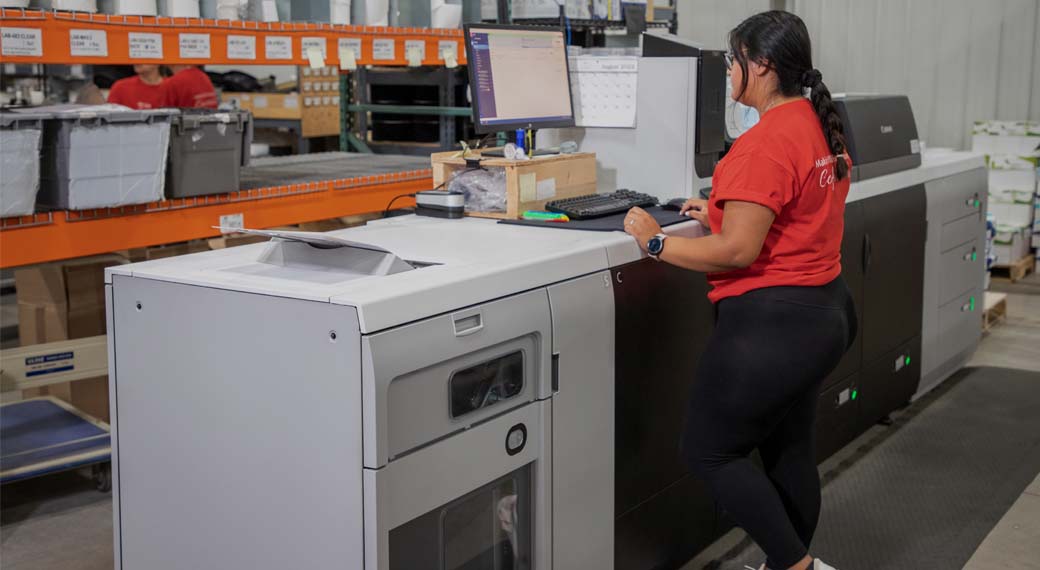China is widely known as a manufacturing giant, accounting for a stunning 28.7% of the world’s manufacturing in 2019. One reason is low production costs, but that doesn’t tell the whole story. China’s supplier network, looser regulatory landscape, low taxes, and currency practices have also helped make it the powerhouse it is today.
But outsourcing your manufacturing to China comes with some inherent issues that simply aren’t as prevalent when you choose to partner with a U.S. manufacturer. Here are four key risks when you choose a manufacturer in China over the U.S.
1. Intellectual Property Rights
If you are outsourcing your manufacturing to China, you must take extra precautions to protect your intellectual property (IP). There is a risk that manufacturers or partners will infringe upon your IP rights and misuse trademarks, copyrights, designs, or patents. Unscrupulous competitors could knock off your product or create a product that is similar but skirts around your IP, only to directly compete against you.
To protect your IP rights in China, you need to register patents, trademarks you apply to the product or packaging, and more, or your property will have no formal protection. Even then, your IP rights could be disregarded.
By comparison, the U.S. is very protective of IP. You still need to take steps to legally protect your IP, but you run less risk of getting knocked off and you have greater recourse if someone does infringe upon your property.
2. Quality Control
When you outsource manufacturing to China, quality control becomes more of a problem. Presumably, you won’t be able to visit the factory on a regular basis and you won’t have much control over the manufacturing process.
You may have issues with inconsistent quality. Manufacturers may substitute parts or raw materials that compromise the quality, or even safety, or a product. And it could be difficult to catch these issues when you don’t know what you’re looking for, which means you could be delivering substandard products to your customers.
When you partner with a manufacturer in the U.S., you have greater control over quality and you can ensure your products are held to U.S. quality standards.
3. Customer Service
There are customer service issues that naturally arise when you outsource to a foreign country. For one thing, time zone issues can make it difficult to reach your manufacturer during U.S. business hours. For another, you may have to deal with language barriers that make communications more difficult. Finally, you can’t regularly visit the manufacturing partner in person.
4. Refunds, Returns, and Warranties
Refunds, returns, and warranties are tougher to manage when dealing with a Chinese manufacturer. The logistics of solving for defective products, processing returns, or fulfilling warranty claims are simply more difficult when you’re working with a manufacturer in a different country.
Large companies may be able to convince Chinese manufacturers to sign legally enforceable contracts that hold the manufacturer responsible for warranty and liability obligations and require them to carry insurance. But this may not always be possible, especially for small to medium businesses or orders below a specific volume.
Sources:
https://www.statista.com/chart/20858/top-10-countries-by-share-of-global-manufacturing-output/
https://www.theglobalipcenter.com/wp-content/uploads/2017/02/GIPC_IP_Index_2017_Report.pdf

